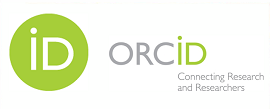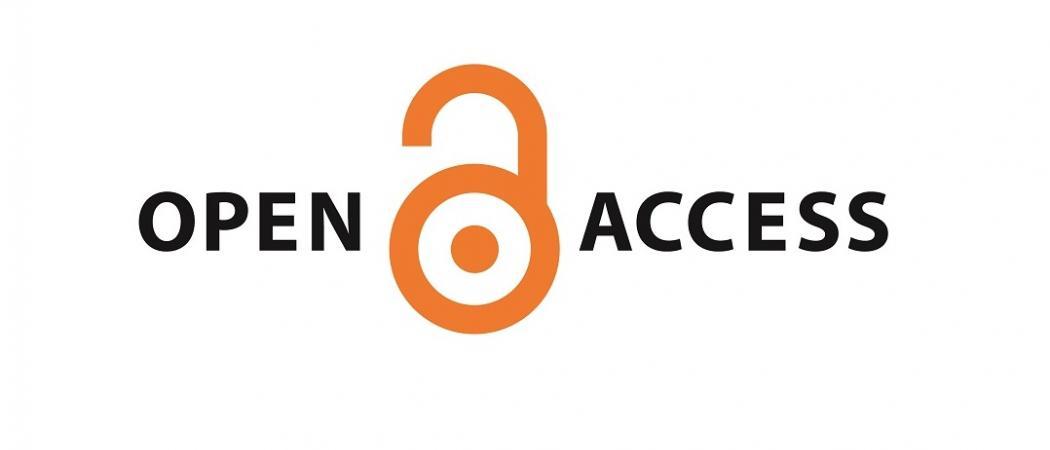
Reorienting drug discovery using spatial and temporal techniques
Dr Sheraz Gul examines how patient-driven imaging strategies can be utilised to aid the translation of initial research all the way into the clinic.
Pathology-based approaches are commonly used to diagnose and classify many diseases. Historically, this entailed qualitative or semi-quantitative histological analysis of patient samples for disease-specific markers. With advances in technologies such as digital pathology, multiplex spatial and temporal imaging, it is now possible to dissect disease pathophysiology in the context of mechanism of action, patient stratification and optimised treatment regimens. This strategy now has the potential to be used in a patient-driven approach to bridge basic translational research, drug discovery and clinical research.
Analysis of patient biopsies using immunohistochemistry is often used in a clinical setting to identify biomarkers for accurate disease diagnosis, characterisation and companion diagnostics during therapy. Such patient‑centric approaches are now also being implemented in preclinical drug discovery to de-risk the therapeutic agent that will enter clinical trials. This is largely being driven by technological advances such as multiplex spatial and temporal high-content imaging1 in combination with omics approaches. This can provide valuable insights into compound mechanism of action and potential insights into undesired side effects. The underlying causes of the latter are usually due to compound polypharmacology, which can be difficult to predict but may come to light when using multi-pronged spatial and temporal techniques in conjunction with omics methods to capture aspects of the genome, epigenome, metabolome, proteome and transcriptome.
Importantly, the above approaches could allow the early identification of potentially undesirable events in the clinic. This is elegantly illustrated by the marketed histone deacetylase (HDAC) inhibitor panobinostat, which has been shown in the clinic to increase the level of phenylalanine and decrease the level of tyrosine in a condition termed tyrosinemia.2 A proteomics‑based approach using panobinostat immobilised onto beads and incubated with cell extracts allowed the isolation of panobinostat-bound proteins. This led to the identification of its expected primary targets (HDAC) but also phenylalanine hydroxylase (PAH), tetratricopeptide repeat domain 38 (TTC38) and fatty acid desaturase (FADS1 and FADS2) with inhibition of the former being the cause of the tyrosinemia observed in the clinic. If this type of study was performed prior to panobinostat entering clinical trials, it could have undergone further optimisation to design a more selective compound with potentially no tyrosinemia side effects. This serves as a justification to perform comprehensive mechanism of action studies as early as possible in the drug discovery value chain.
Indexing Partners
Stay Up to Date
© Copyright 2017-2022. All Rights Reserved.

.png)










